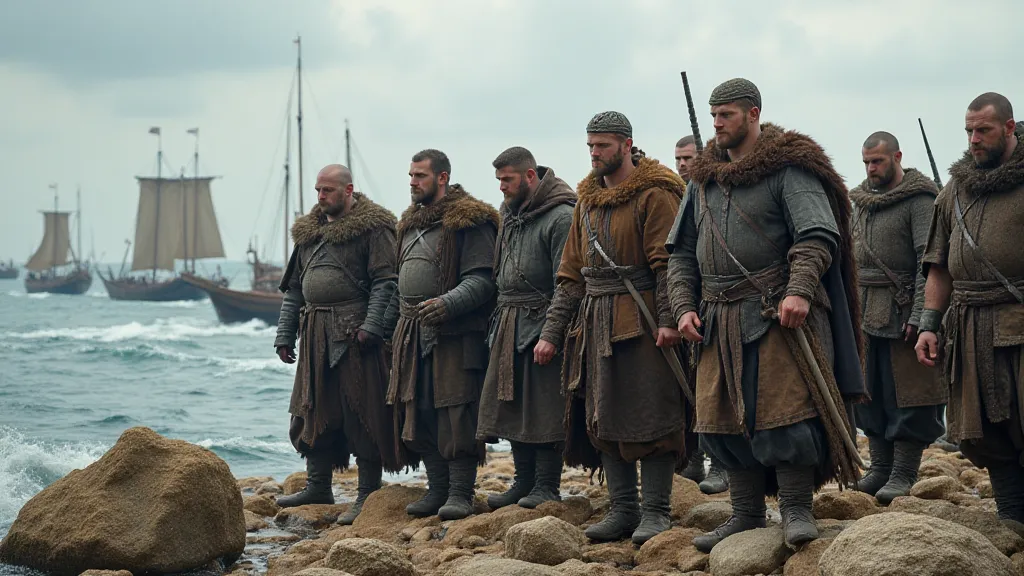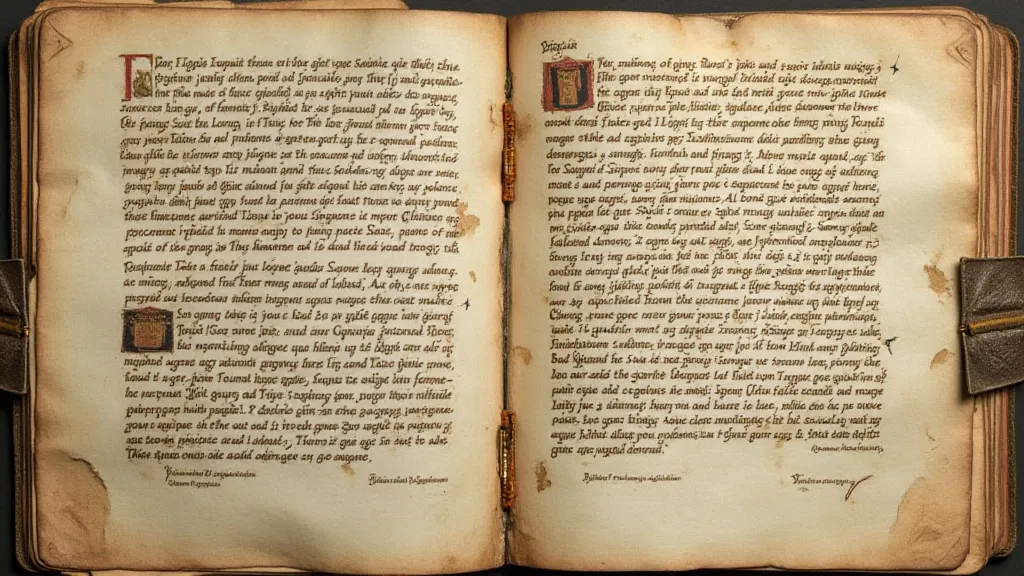Icelandic Sagas: Chronicles of Vikings and Norse Gods
Journey into the world of Icelandic sagas, exploring the tales of Vikings, Norse gods, and the history of Iceland. Analyze the structure, themes, and lasting influence of these epic narratives.
A Land Forged in Story
Iceland’s landscape is as dramatic as its sagas. Emerging from the sea in the late 9th century, Icelanders brought with them not just tools and livestock, but a rich oral tradition. These stories, passed down through generations, became the bedrock of Icelandic culture and identity, evolving into what we now know as the Icelandic Sagas. Unlike many other cultures where oral traditions were eventually written down, Iceland's sagas were relatively late in their transcription, roughly from the 13th to the 15th centuries, giving us a remarkably clear window into a vibrant and complex society. While transcribed by hand, they preserve the flavor of their oral origins.
What are the Icelandic Sagas?
The Icelandic Sagas are a collection of prose narratives primarily focusing on the settlement of Iceland, the era known as the Saga Age (roughly 870-1220 AD). They blend historical accounts with folklore, mythical elements, and realistic portrayals of Viking society. They aren't simply “stories”; they are detailed records of family feuds, legal disputes, voyages of exploration, and heroic deeds. Commonly categorized as either “Sagas of Icelanders” (focused on the lives of everyday people) or "Kings' Sagas" (covering the lives and reigns of Scandinavian monarchs), these narratives give invaluable insight into the values, beliefs, and social structures of the time. Notable examples include Njáls saga, known for its intricate plot and complex characters, and Egils saga, which offers a fascinating, if at times disturbing, look into the life of a warrior poet. Grettis saga recounts the life of a hero known for his strength and skill, yet also plagued by misfortune and solitude.The Structure and Style of the Sagas
The sagas are characterized by a distinctive narrative style. They often lack a conventional narrator, instead presenting events in a seemingly objective and detached manner. Dialogue is frequent and realistic, contributing to the sense of immediacy and authenticity. This "reporting" style gives the impression of historical records rather than fabricated fiction – a key element in their power and influence. The sagas frequently employ what’s known as the “reliable reporter” style, where events are presented as having been witnessed or learned through reliable sources. This creates an aura of truthfulness, even when fantastical elements are woven into the narratives. The language itself, while rooted in Old Norse, is relatively straightforward, making them accessible even to modern readers (with translation, of course).Recurring Themes and the Influence of Norse Mythology
Several themes recur throughout the sagas. Fate (wyrd) plays a significant role; characters frequently feel constrained by a predetermined course of events. Honor and revenge are central, driving many conflicts. The relationship between humans and the natural world is also explored, reflecting the harsh realities of life in Iceland. The influence of Norse mythology is undeniable. While the sagas largely move away from overt mythology, echoes of the Norse pantheon resonate throughout. Characters occasionally invoke the gods, and references to mythical creatures and locations are common. However, the sagas generally present a more grounded and secular view of the world than the earlier mythological texts. The transition from a belief in the gods to a more pragmatic, though still fatalistic, worldview is subtly chronicled.
The Lasting Legacy
The Icelandic sagas have had a profound impact on Icelandic culture and literature. They have shaped the Icelandic national identity and continue to be read and studied today. Beyond Iceland, they have influenced writers and artists around the world, inspiring countless works of fiction and scholarship. Their realistic portrayals of Viking society have helped shape our understanding of this fascinating period of history. The sagas remain a testament to the power of storytelling – the ability of narratives to preserve culture, transmit values, and connect generations. They offer a unique and invaluable window into the minds and lives of the people who settled Iceland and forged a lasting legacy in the annals of literature and history.





